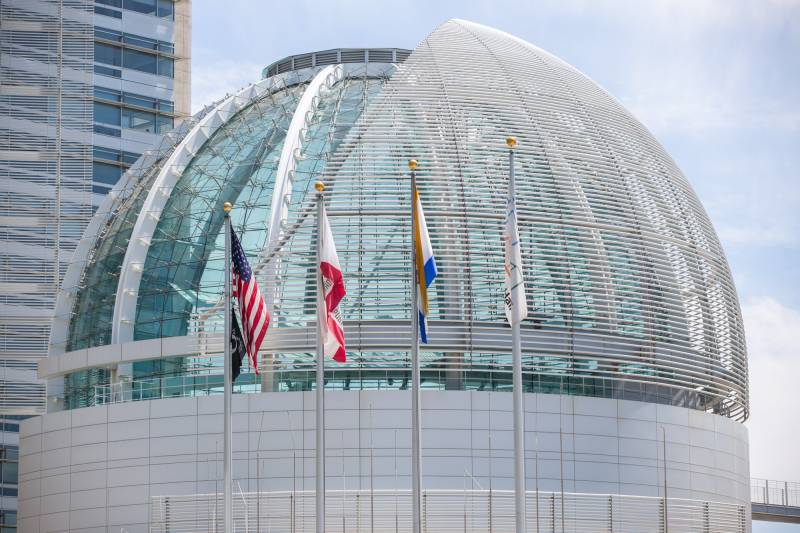San José’s deputy city manager Kip Harkness says it is impossible to predict the strike’s impact with full certainty without knowing how many workers will follow through.
“It all depends on who will show up, but we’d look to libraries and community centers as ones that might be affected,” he said.
Harkness added that each of the city departments that could be affected by a work stoppage has a contingency plan to continue services, either with existing employees or contractors.
Would my garbage and recycling still be collected?
Yes. The city has existing agreements with four contractors who collect garbage, recycling and yard trimmings from businesses, homes and apartments in the city. Those agreements all run through 2036 and the collections are not affected by a MEF-AFSCME/IFPTE strike.
What about emergency services like fire and police?
Emergency services such as police and fire will not be affected by the strike. In California, police officers and firefighters are prohibited from striking, and the unions representing police and fire in San José have existing contracts with the city. However, MEF-AFSCME does represent public safety dispatchers; but Tucker acknowledged that those workers are likely to be deemed “essential” and excluded from any work stoppage.
Which workers are negotiating a new contract?
Workers with four bargaining units have been in negotiations with the city. The largest is Municipal Employees’ Federation (MEF)-AFSCME Local 101, which represents thousands of employees, including librarians, city planners and code inspectors.
Three other bargaining units, representing workers such as architects, building maintenance supervisors, park managers and wastewater operators, are negotiating under their umbrella union, the International Federation of Professional and Technical Engineers Local 21.
What are the latest proposals from each side?
The unions’ latest offer asks for a 7% pay hike in the fiscal year that began on July 1, with raises of 6% in fiscal year 2024–25 and 5% for 2025–26.
Workers are also pushing for increased paid family leave and other benefits. They say their demands are needed in order to reverse what they call a staffing and retention crisis at the city. City officials point out that the vacancy rate is similar to cities such as Oakland and Fremont — and that it has remained around 12% for the last half-decade despite a growing workforce.
The city’s last offer would provide wage increases of 5% in the current fiscal year, with increases of 4% and 3% in the following years.
What are both sides saying about the impasse?
City employees interviewed by KQED complain that their teams are chronically understaffed, resulting in unrealistic workloads and burnout. They say the city has turned into a launching pad for employees to build their skills before moving on to neighboring local governments that offer higher wages and better benefits.
“I’m looking forward to voting for a strike because things have not been getting better within the city,” said Michael Jun, who works on residential development in the city’s housing department. “It’s really [that] we’ve been asked to do more with less for a long time now, so this is a real last resort.”

